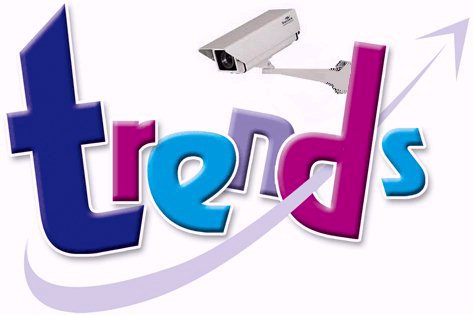
Today’s Sophisticated Security End Users Demand Higher Levels of Expertise, Integration and Interoperability.
– By Scott Lindley, Farpointe Data, President
It’s evident that the majority of security installations are becoming more and more complex. No longer content to monitor and manage separate access control, fire alarm, video surveillance, intrusion, and HVAC control systems, corporate security and technology managers want to consolidate and integrate various disconnected security and facility management systems.
At a dramatically increasing pace, the Information Technology department is leading the initiative, particularly given the trend toward convergence of physical and logical security systems.
End user customers are demanding that their integrator or dealer understand their business and their infrastructure.
Security dealers and integrators must quickly decide whether or not they want to be part of this new security paradigm or slowly wither away, providing traditional stand-alone solutions. And, it?s not a one-time decision.
With every new advance in the installation marketplace, dealers and integrators must again and again decide whether to keep pace.
Successful implementations require greater technical knowledge of systems than ever before along with products that work together more easily, while simultaneously providing better ease of use to end users.
Dealers and integrators who want to be positioned for continued success in this evolving marketplace need to choose not only the right products for any given installation, but align with manufacturing partners who will provide them with the best prospects for long-term success, manufacturers that heavily invest in both new scaleable technologies for their products and support programs for their channels.
A New Quid Pro Quo
It used to be that the dealer or integrator that sold the most widgets earned “most favored” status from its manufacturers. Having that status resulted in recognition, special perks and discounted pricing for those who delivered.
However, in a direct reflection of the new realities of today’s security market, this simply isn’t the case anymore. It’s not that manufacturers no longer appreciate top sellers or want to avoid rewarding them.
It’s because forward-thinking manufacturers know that their dealers and integrators have to stay on top of the latest technology trends in order to stay competitive.
These manufacturers want their dealers and integrators to succeed in a manner that will keep both the integrator and the manufacturer successful in the years to come.
Being Seamless is Essential
Reliance on proprietary technologies and platforms inhibits innovation, integration and the assimilation of emerging technologies.
Issues arising from proprietary technologies plague too many systems. This is self-defeating for the security industry, creates major problems for security dealers and integrators and hinders end users from having flexible, scalable security platforms that cost-effectively protect their people and assets.
We increasingly hear that a major trend that will permeate physical access control now and for the foreseeable future is the growing connection between physical security and IT security.
Because of this, there is growing demand by organizations for migration of computer-based systems to a common software platform or to standards-based platforms that can be easily and seamlessly integrated.
Leveraging technology breakthroughs and a need for increased security, companies will also more rapidly adapt smart cards, two-factor readers, biometrics, long-range wireless and intelligent video into their overall systems.
Physical access control systems on an enterprise level are now described as much in IT terms as they are in access control terms.
New command and control integration platforms are giving integrators a wider range of solutions to help end-users meet this challenge head-on while, at the same time, requiring the integrator to have higher
Source: farpointedata.com
